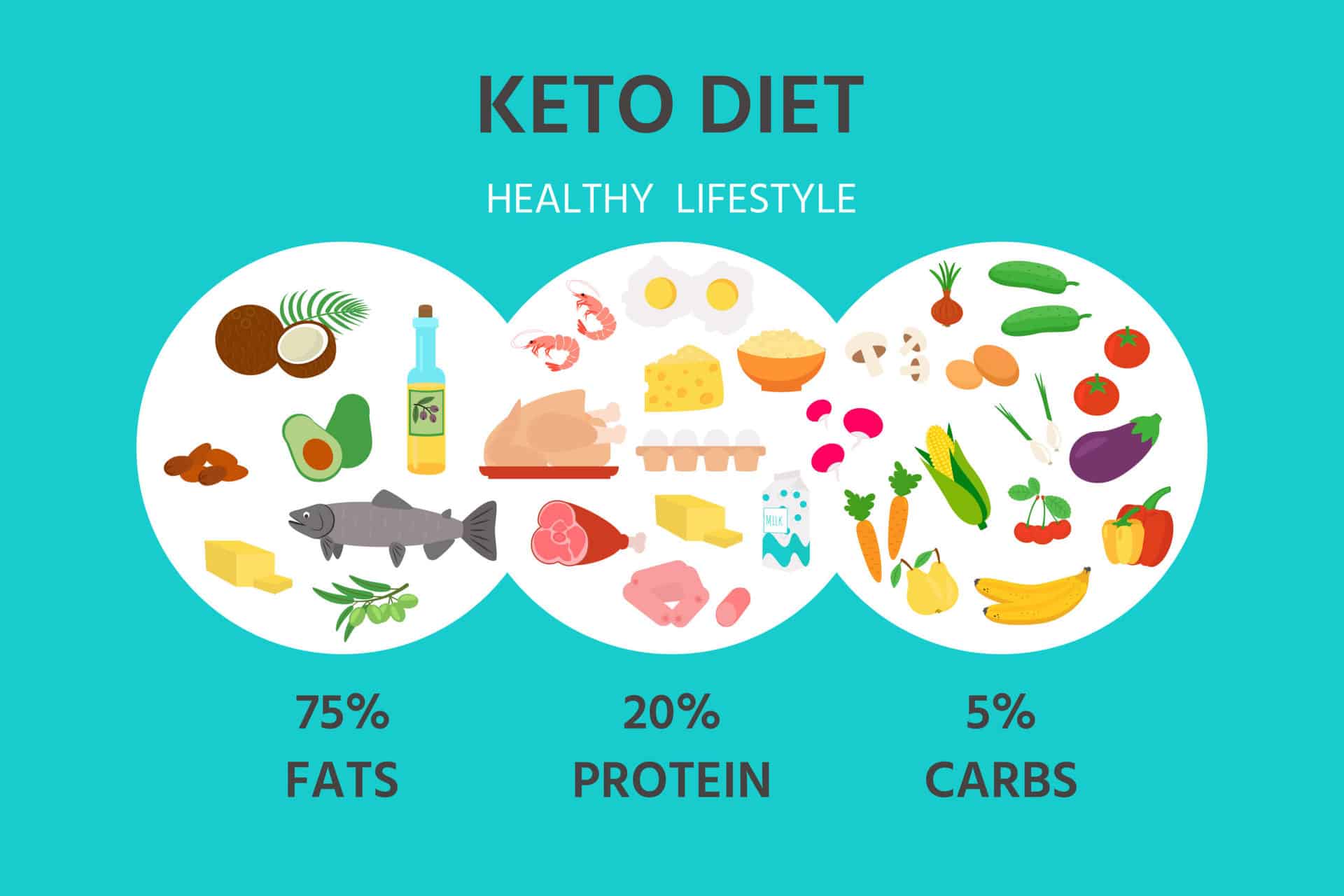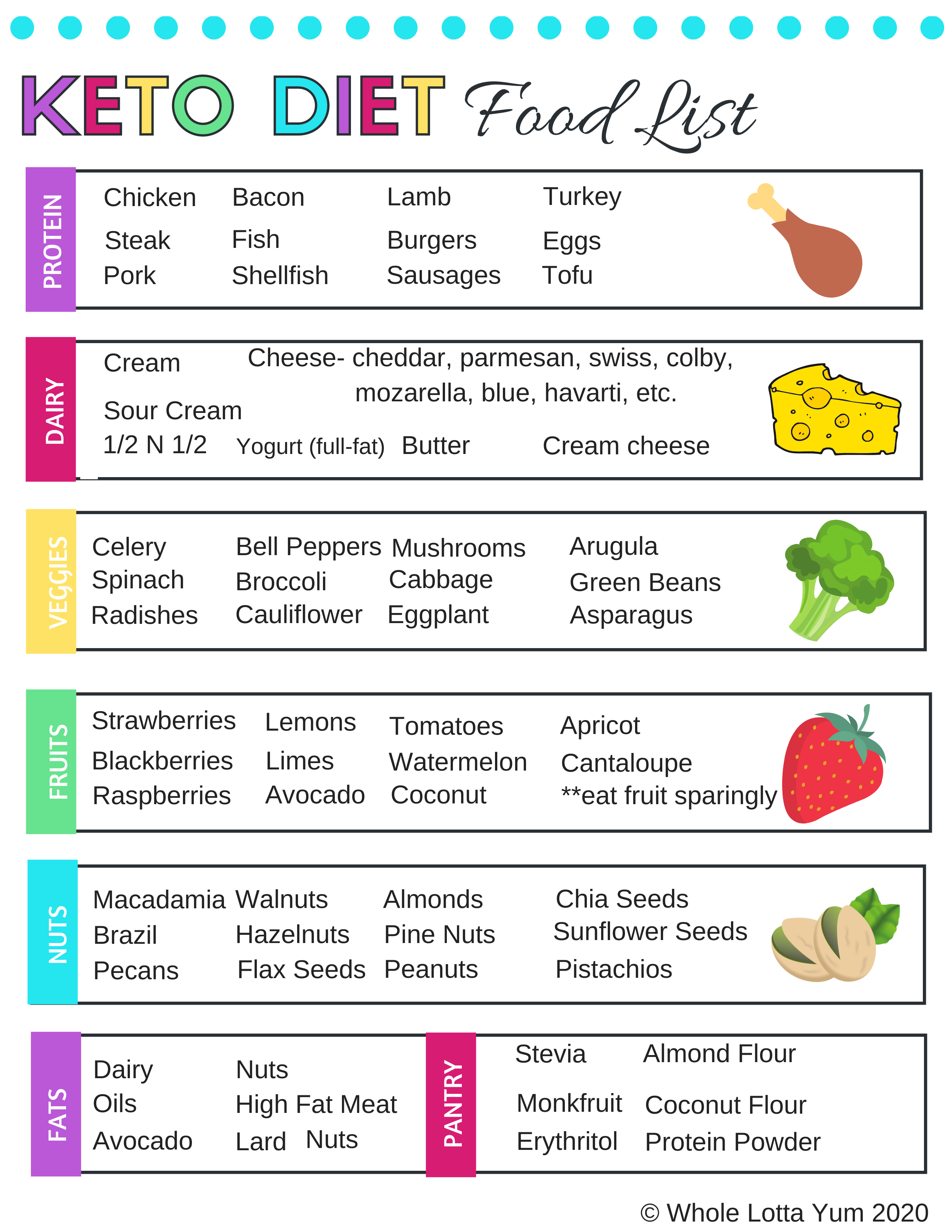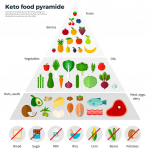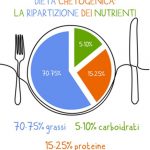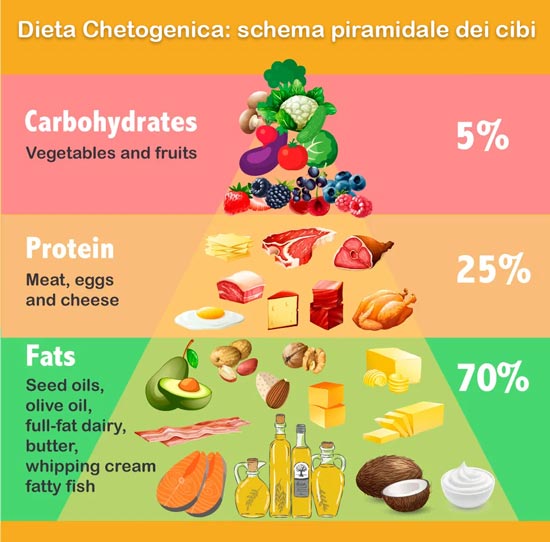
“Here’s how to start the ketogenic diet effectively: step-by-step guide”
The ketogenic diet , or keto diet , is a low-carb, high-fat diet that helps burn fat for energy instead of glucose. It has become popular in recent years as an effective way to lose weight and improve overall health. If you’re thinking about starting a ketogenic diet, here’s a step-by-step guide to help you get started.
Before starting any type of diet, it is important to consult a doctor or health professional. The ketogenic diet may be effective for some people, but it’s not right for everyone. It’s also important to make sure you don’t have any medical conditions that could be affected by your diet.
The ketogenic diet can be effective for losing weight and improving health, but it can also be difficult to follow and can cause some unwanted side effects. Talk to your doctor to make sure the diet is safe for you and to get any advice about diet modifications.
You may need blood tests to check your cholesterol and blood sugar levels.
Understanding the basic principles of the ketogenic diet before starting the ketogenic diet is important.
The ketogenic diet requires limiting your carbohydrate intake to less than 50 grams per day and increasing your intake of good fats and proteins. The goal is to put the body into a state called ketosis, in which the body burns fat for energy instead of glucose.
Starting the ketogenic diet can be a big change for your body, so it’s important to do it gradually. You may want to start by gradually reducing carbohydrates in your diet instead of eliminating them completely in one fell swoop.
Calculate Your Calories and Macros Calculation of calories and macros is an important step in getting started on the ketogenic diet. A general rule of thumb is that you should eat 70-75% of your calories in the form of fat, 20-25% in the form of protein, and only 5-10% in the form of carbohydrates.
Calculate the amount of calories, protein, fat and carbohydrates you need based on your weight, height, age and physical activity levels. There are many apps and calculators online that can help you calculate your calories and macros, or a dietitian can help you calculate your macros based on your age, weight, height, and physical activity level. The “macros” are the macronutrients: proteins, fats and carbohydrates that meet your needs
Making a meal plan can help you follow the ketogenic diet correctly and reach your goals. You should plan your meals for the entire week, including a variety of foods and making sure you’re eating enough fat and protein to hit your macros.
Once you’ve figured out your calories and macros, it’s time to make a grocery list. Learn what to eat: The ketogenic diet is high in fat, moderate in protein, and low in carbohydrates. Some foods you should eat include:
-
Meats: Red meat, pork, poultry, fish, seafood
-
Fats: Butter, coconut oil, olive oil, avocados, nuts and seeds
-
Low-carb vegetables: spinach, cauliflower, broccoli, zucchini, cucumber
-
Low-carb cheeses and dairy products: cheddar cheese, sour cream, butter, cream
-
Egg
-
Sugar-free drinks: water, coffee, tea
Some foods you should avoid include:
-
Sugars: White Sugar, High Fructose Corn Syrup, Honey
-
Refined carbohydrates: white bread, pasta, cereals, rice, potatoes, sweets
-
Fruits high in sugar: bananas, apples, oranges, grapes
-
Sugary drinks: soda, fruit juice, flavored milk, sweetened tea

